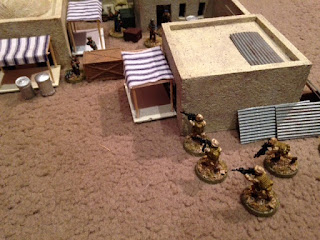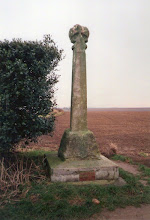I am fortunate enough to have a 30 minute ride each way to work on the bus. This, coupled with the contents of the university's libraries at my disposal, makes for some good time to catch up on reading. Having read solidly on the Falklands for a couple of months, I was hankering for something new.
A recent visit to the Australian War Memorial in Canberra highlighted how little I knew about the more recent conflicts our country has been involved in - particularly the Gulf Wars and the counter insurgency efforts in Afghanistan. A new wargaming era to dabble in ... why not!
This led me, of course, to consider Eureka Miniatures release of 'Modern' US Marines and Afghan insurgents Sculpted by Kosta Heristanidis. Beautiful figures.
As per the advice on the Eureka Miniatures website for the Marines, I have used the following paint scheme for the Marines:
A recent visit to the Australian War Memorial in Canberra highlighted how little I knew about the more recent conflicts our country has been involved in - particularly the Gulf Wars and the counter insurgency efforts in Afghanistan. A new wargaming era to dabble in ... why not!
This led me, of course, to consider Eureka Miniatures release of 'Modern' US Marines and Afghan insurgents Sculpted by Kosta Heristanidis. Beautiful figures.
As per the advice on the Eureka Miniatures website for the Marines, I have used the following paint scheme for the Marines:
- uniform is 60% Vallejo 321 Highlight British Tank crew (from the Panzer Ace range) and 40% Vallejo 951 White (Model Colour range)
- The flak jacket is 50% Vallejo 923 Japanese Uniform WWII and 50% Vallejo 879 Green Brown
- The light digitised camouflage used Vallejo 983 Flat Earth (Eureka article suggests 826 German Camouflage Medium Brown) stippled over the base colour.
- Boots were a 50:50 mix of Vallejo 984 Flat Brown and Vallejo 317 British Tank Crew.



















































